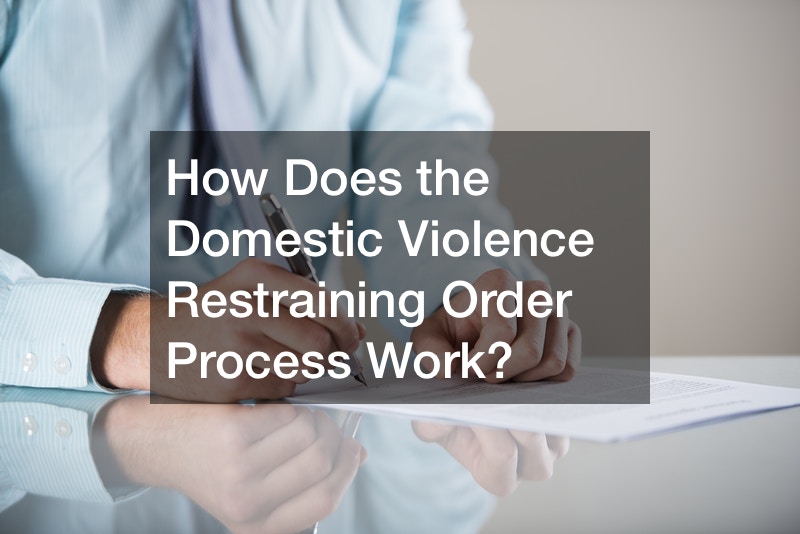
When relationships go south, sometimes one party needs to be protected from the other. In this YouTube video, Untying The Knot Divorce explores the process of filing a restraining order.
The process starts with the plaintiff filing paperwork for free in a family court of law, outlining to a judge why this protection is being requested.
A qualified process server must serve all related court paperwork to the defendant before the hearing date(s).
Defendants have a right to respond to the paperwork, telling their side of the story.
A judge can deny or approve the request. Requests for restraining orders can be rejected if the plaintiff has not supplied sufficient evidence.
If approved, the judge may authorize temporary orders. These orders will only be in effect until a future court date to decide whether a more extended order should be granted.
Restraining orders may include specifics like how far the defendant has to stay away from the plaintiff, rulings on custody and visitation, whether the defendant is to be removed from the home, and or what belongings can be used and by whom.
